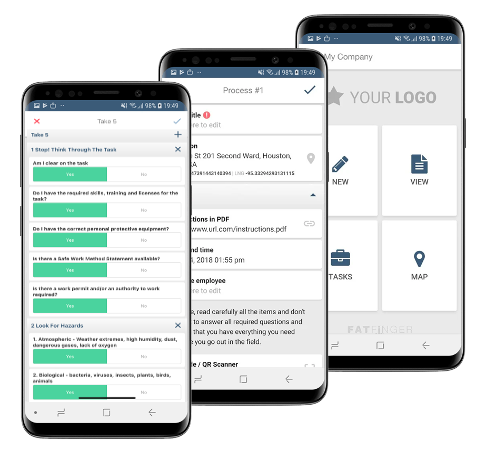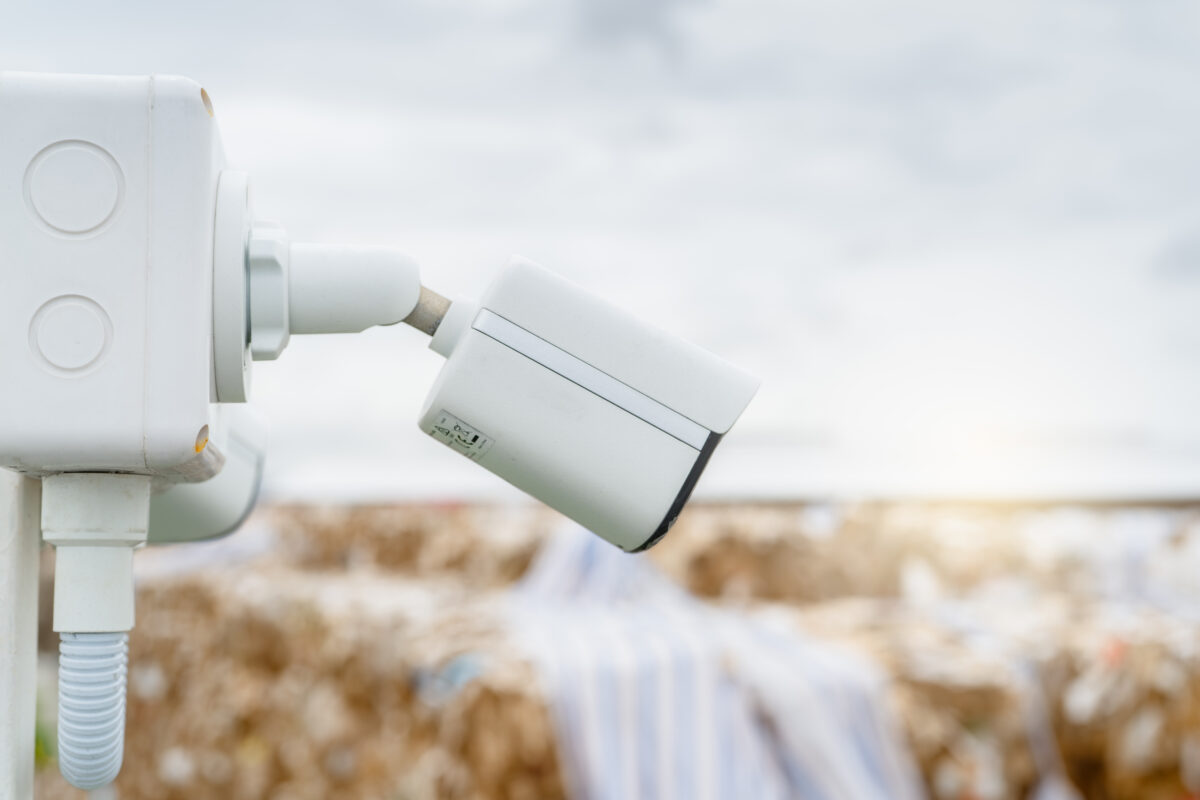In the era of digital transformation, businesses are increasingly leveraging connected technologies to enhance productivity, efficiency, and safety. One such innovative solution is FAT FINGER, a digital workflow procedure builder that empowers front-line teams to perform their tasks correctly every time. However, as these technologies become more pervasive, ethical questions surrounding Worker surveillance arise. This article explores the ethical implications of Worker surveillance in the age of connected technologies.
Understanding Worker Surveillance
Worker surveillance refers to the monitoring of employees’ activities, communications, and behaviors at work. With the advent of connected technologies, this surveillance has extended beyond the physical workspace to digital platforms. For instance, FAT FINGER’s digital workflows and checklists allow for real-time tracking of tasks across safety, maintenance, and operations areas.
The Ethical Dilemma

While Worker surveillance can enhance productivity and safety, it also raises ethical concerns. These primarily revolve around privacy, consent, and the potential misuse of collected data.
- Privacy: Continuous monitoring can infringe on employees’ right to privacy. It’s crucial for companies to strike a balance between the need for surveillance and respect for employees’ privacy.
- Consent: Employees should be informed about the extent and purpose of surveillance. Their consent should be obtained before implementing any monitoring systems.
- Data Misuse: The data collected through surveillance can be misused, leading to discrimination or unfair treatment. Companies must ensure that the data is used solely for the intended purpose.
Case Studies: The Good, The Bad, and The Ugly

Several case studies highlight the ethical implications of Worker surveillance. Some companies have successfully used surveillance to enhance safety and productivity, while others have faced backlash for infringing on employee privacy.
Case Study 1: Enhancing Safety with FAT FINGER
FAT FINGER’s digital workflows and checklists have been instrumental in enhancing safety in various industries. For instance, its ‘Take 5 Safety’ and ‘Near miss reporting’ features have helped companies identify potential hazards and prevent accidents. This is an example of ethical surveillance, where the primary aim is to protect employees.
Case Study 2: Backlash Against Invasive Surveillance
On the other hand, some companies have faced criticism for invasive surveillance practices. For instance, a company was accused of using surveillance data to unfairly dismiss employees. This highlights the potential misuse of surveillance data and the need for ethical guidelines.
Striking the Balance: Ethical Guidelines for Worker Surveillance

Companies often find themselves in a difficult position when it comes to monitoring their employees. On one hand, they may need to keep an eye on their workers to ensure productivity, compliance with company policy, and to prevent fraudulent activity. On the other hand, they must respect their employees’ privacy and avoid prying too much into their personal lives. A balance can certainly be struck between these two needs, and this can be achieved by adhering to certain ethical guidelines.
Firstly, transparency is crucial in striking this balance. Companies should be upfront about what kind of surveillance they’re conducting on their employees. This should include clear communication about what data is being collected, how it’s being used, and who will have access to it. Employees should never find out after the fact that they’ve been under surveillance. They should be fully aware of what kind of monitoring they’re consenting to when they sign their employment contract.
Consent is another vital aspect of ethical surveillance. Employees should have the opportunity to give their informed consent before any surveillance takes place. This means that they should fully understand the scope and nature of the surveillance, and they should be able to opt out if they’re uncomfortable with it. However, this does not mean that companies can violate employees’ privacy in instances where they have not explicitly objected.
Minimal intrusion is another important principle to uphold. Companies should aim to collect only the data they absolutely need, and nothing more. For example, if a company is monitoring email usage to ensure productivity, it may be appropriate to track the number of emails sent and received, but not appropriate to read the content of every email. The surveillance methods used should also be as non-intrusive as possible.
Finally, data protection is a critical aspect of ethical surveillance. The data collected from employees should be stored securely and used responsibly. Access to this data should be limited to relevant parties only. Companies should also have a clear policy on how long data will be retained, and they should dispose of it in a secure manner once it’s no longer needed.
Conclusion: The Way Forward
Worker surveillance in the age of connected technologies presents both opportunities and challenges. While it can enhance productivity and safety, it also raises ethical concerns. Companies must navigate this ethical minefield carefully, respecting employee privacy and using surveillance data responsibly. By doing so, they can harness the power of connected technologies like FAT FINGER to unlock operational excellence.
Interested in exploring how FAT FINGER can enhance your operations while respecting ethical guidelines? Sign up for FAT FINGER or request a demo today.


